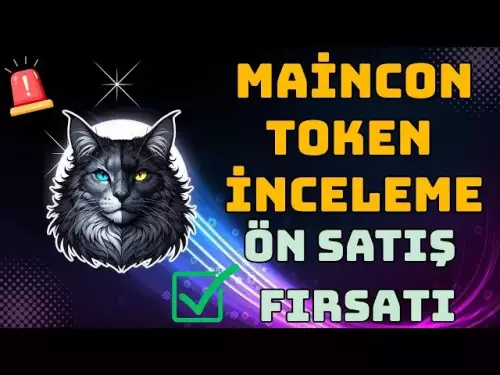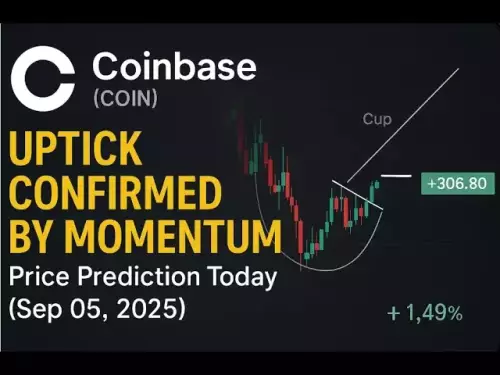-
 Bitcoin
Bitcoin $110700
-0.29% -
 Ethereum
Ethereum $4313
-0.52% -
 Tether USDt
Tether USDt $1.000
-0.02% -
 XRP
XRP $2.822
0.44% -
 BNB
BNB $850.2
0.31% -
 Solana
Solana $204.0
-0.01% -
 USDC
USDC $0.9998
-0.02% -
 Dogecoin
Dogecoin $0.2187
2.36% -
 TRON
TRON $0.3312
-1.28% -
 Cardano
Cardano $0.8328
2.25% -
 Hyperliquid
Hyperliquid $47.31
3.71% -
 Chainlink
Chainlink $22.39
-0.47% -
 Ethena USDe
Ethena USDe $1.001
-0.01% -
 Bitcoin Cash
Bitcoin Cash $607.6
3.35% -
 Sui
Sui $3.380
2.09% -
 Stellar
Stellar $0.3602
1.63% -
 Avalanche
Avalanche $24.47
0.10% -
 Hedera
Hedera $0.2191
2.26% -
 Cronos
Cronos $0.2688
-0.11% -
 UNUS SED LEO
UNUS SED LEO $9.530
-0.10% -
 Litecoin
Litecoin $112.0
0.44% -
 Toncoin
Toncoin $3.088
-0.65% -
 Shiba Inu
Shiba Inu $0.00001241
1.99% -
 Polkadot
Polkadot $3.833
1.28% -
 Uniswap
Uniswap $9.442
1.07% -
 Dai
Dai $0.9999
0.00% -
 Ethena
Ethena $0.7312
12.08% -
 Monero
Monero $268.0
0.58% -
 Aave
Aave $302.6
-2.17% -
 World Liberty Financial
World Liberty Financial $0.1800
-4.26%
How to verify a smart contract on Etherscan?
Verifying a smart contract on Etherscan ensures transparency and trust by matching its source code with the deployed bytecode on Ethereum.
Jul 19, 2025 at 03:00 am
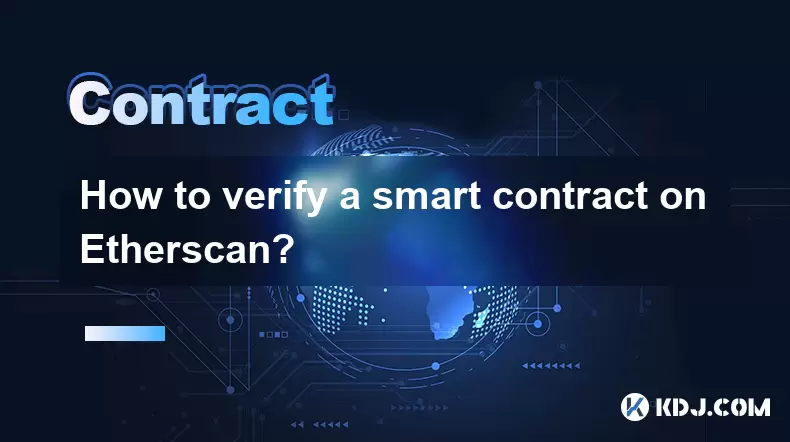
What is Smart Contract Verification?
Verifying a smart contract on Etherscan is a crucial process that allows developers and users to ensure the integrity and transparency of a deployed contract. When a contract is verified, its source code is made publicly available on Etherscan, matching the bytecode on the Ethereum blockchain. This enables anyone to review the contract logic, audit for vulnerabilities, and confirm that the deployed contract behaves as intended. Verification is not mandatory, but it significantly increases trust among users interacting with the contract.
Why Should You Verify a Smart Contract?
Verifying a smart contract offers multiple benefits. The most important is transparency — users can inspect the code to ensure there are no malicious functions or backdoors. Additionally, verified contracts are easier to debug and audit by third-party developers or security experts. Etherscan also provides additional features like function read/write access, event logs, and integration with other tools when a contract is verified. Without verification, the contract remains a black box to the public, which may discourage adoption or interaction due to trust concerns.
Prerequisites for Verifying a Smart Contract
Before initiating the verification process, certain prerequisites must be met. First, the contract must be deployed on the Ethereum mainnet or a supported testnet like Ropsten or Goerli. You need the contract address, the transaction hash of the deployment, and the Solidity source code used to compile and deploy the contract. Additionally, you must know the compiler version and optimization settings used during compilation. If you used a development framework like Truffle or Hardhat, make sure to retain the ABI-encoded constructor arguments if your contract has a constructor with parameters.
Steps to Verify a Smart Contract on Etherscan
To begin the verification process, go to Etherscan and navigate to the contract address. Click on the Contract tab and then select Verify and Publish. You will be redirected to a form where you need to input several details. First, enter the contract address in the provided field. Then, paste the Solidity source code into the code editor. Make sure the code is complete and includes all imported files. If your contract uses multiple files, use the +Add More File option to upload them. Next, select the compiler version that matches the one used during deployment. If optimization was enabled during compilation, check the Optimization box and input the runs value if applicable.
Handling Constructor Arguments
If your contract has a constructor with parameters, you must provide the ABI-encoded constructor arguments. These arguments are typically generated during deployment and can be retrieved from the deployment transaction. In Hardhat, for example, you can access them via the deployTransaction.data field. Alternatively, you can use tools like ethers.js or web3.js to encode the constructor arguments based on the parameter types. Once encoded, paste the result into the Constructor Arguments field on Etherscan. This step is critical because mismatched constructor arguments will cause verification to fail.
Troubleshooting Common Verification Issues
Even with the correct source code and compiler settings, verification may fail due to subtle mismatches. One common issue is incorrect optimization settings — if optimization was enabled during compilation, it must also be enabled during verification. Another issue arises from library addresses — if your contract uses external libraries, their addresses must match those used during deployment. Additionally, pragma version mismatches can cause verification to fail. For example, if your code uses pragma solidity ^0.8.0, but the deployed bytecode was compiled with 0.8.4, verification may not succeed. To resolve this, ensure the exact compiler version and settings are used.
Frequently Asked Questions
1. Can I verify a contract that uses imported libraries?Yes, contracts that use imported libraries can be verified. You must include all imported files in the verification process. Etherscan allows you to upload multiple files using the +Add More File option during verification.
2. What should I do if my contract verification fails?If verification fails, double-check the compiler version, optimization settings, and constructor arguments. Also, ensure that the source code exactly matches the version used during deployment, including comments and whitespace.
3. Is it possible to verify a contract after a long time has passed since deployment?Yes, as long as you still have the original source code and deployment details, you can verify a contract at any time. There is no expiration for verification on Etherscan.
4. Does verifying a contract cost Ether?No, verifying a contract on Etherscan does not require any Ether payment. The process is free, but you must have the correct deployment and compilation details to succeed.
Disclaimer:info@kdj.com
The information provided is not trading advice. kdj.com does not assume any responsibility for any investments made based on the information provided in this article. Cryptocurrencies are highly volatile and it is highly recommended that you invest with caution after thorough research!
If you believe that the content used on this website infringes your copyright, please contact us immediately (info@kdj.com) and we will delete it promptly.
- BullZilla ($BZIL): Riding the Meme Coin Wave with Presale Price Potential
- 2025-09-06 06:45:14
- Bitcoin Whale Awakens: $10 Billion Ethereum Shift?
- 2025-09-06 06:25:11
- Cardano, Pi Network, and Presale Altcoins: What's the Buzz?
- 2025-09-06 04:45:15
- Bitcoin Hashrate, Price, and ATH: Navigating the Crypto Landscape
- 2025-09-06 04:30:12
- Tokens to Watch: Market Cap Projections for 2026
- 2025-09-06 05:05:13
- XRP, Trading Volume, and PayFi Altcoins: What's the Haps?
- 2025-09-06 04:50:12
Related knowledge

What to do if you are about to be liquidated?
Sep 06,2025 at 01:00am
Understanding Liquidation in the Crypto Market1. Liquidation occurs when a trader’s margin balance falls below the required maintenance margin, forcin...
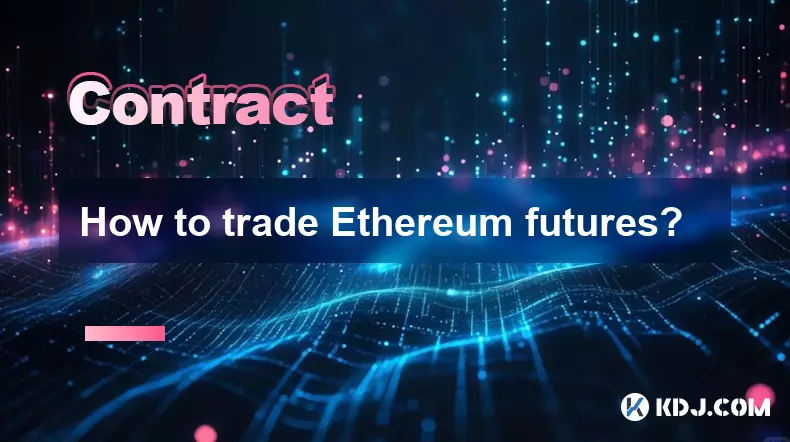
How to trade Ethereum futures?
Sep 05,2025 at 03:54pm
Understanding Ethereum Futures Basics1. Ethereum futures are financial derivatives that allow traders to speculate on the future price of ETH without ...
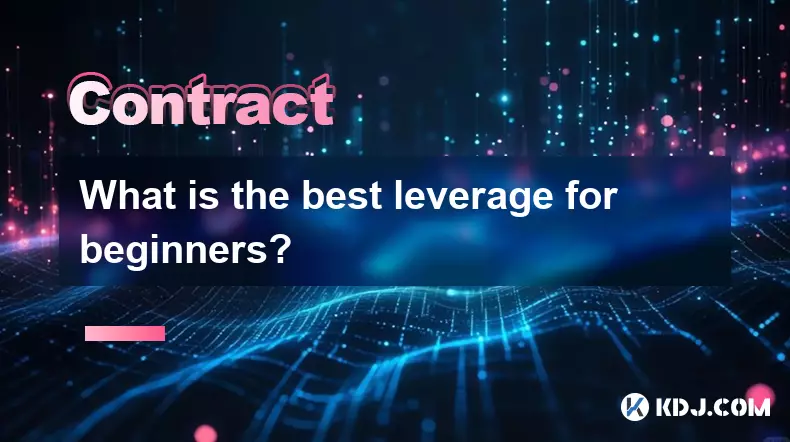
What is the best leverage for beginners?
Sep 06,2025 at 02:37am
Understanding Leverage in Cryptocurrency Trading1. Leverage allows traders to borrow funds to increase their position size beyond their available capi...
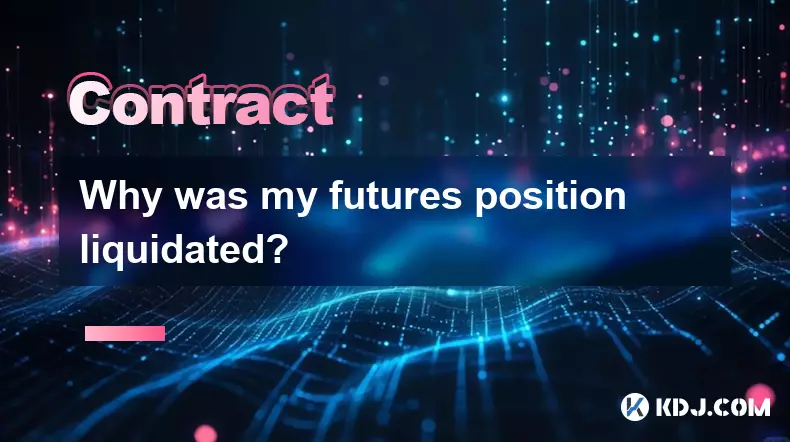
Why was my futures position liquidated?
Sep 06,2025 at 12:18am
Decentralized Exchanges and Their Impact on Crypto Trading1. Decentralized exchanges (DEXs) have reshaped the way users interact with digital assets b...
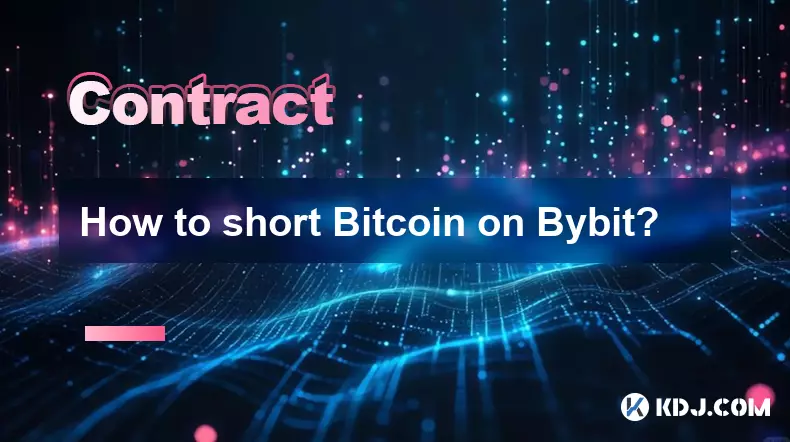
How to short Bitcoin on Bybit?
Sep 06,2025 at 04:36am
Understanding Short Selling on Bybit1. Short selling Bitcoin on Bybit allows traders to profit from price declines. This strategy involves borrowing B...
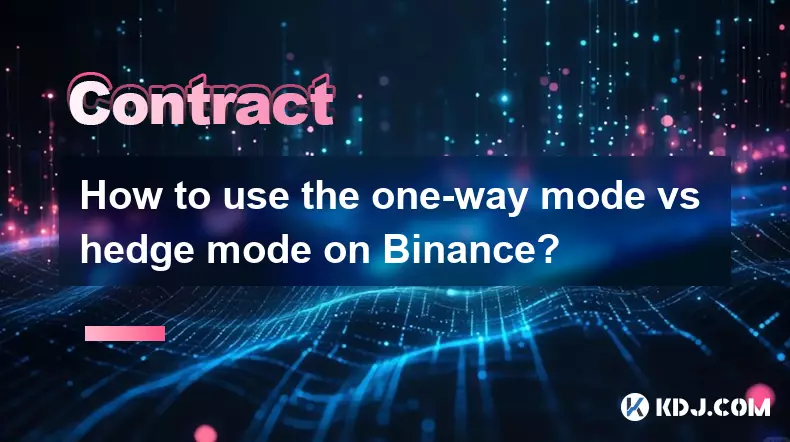
How to use the one-way mode vs hedge mode on Binance?
Sep 06,2025 at 07:54am
Understanding One-Way Mode on Binance1. One-way mode functions as a linear trading system where each position is independent and directional. Traders ...

What to do if you are about to be liquidated?
Sep 06,2025 at 01:00am
Understanding Liquidation in the Crypto Market1. Liquidation occurs when a trader’s margin balance falls below the required maintenance margin, forcin...

How to trade Ethereum futures?
Sep 05,2025 at 03:54pm
Understanding Ethereum Futures Basics1. Ethereum futures are financial derivatives that allow traders to speculate on the future price of ETH without ...

What is the best leverage for beginners?
Sep 06,2025 at 02:37am
Understanding Leverage in Cryptocurrency Trading1. Leverage allows traders to borrow funds to increase their position size beyond their available capi...

Why was my futures position liquidated?
Sep 06,2025 at 12:18am
Decentralized Exchanges and Their Impact on Crypto Trading1. Decentralized exchanges (DEXs) have reshaped the way users interact with digital assets b...

How to short Bitcoin on Bybit?
Sep 06,2025 at 04:36am
Understanding Short Selling on Bybit1. Short selling Bitcoin on Bybit allows traders to profit from price declines. This strategy involves borrowing B...

How to use the one-way mode vs hedge mode on Binance?
Sep 06,2025 at 07:54am
Understanding One-Way Mode on Binance1. One-way mode functions as a linear trading system where each position is independent and directional. Traders ...
See all articles





















